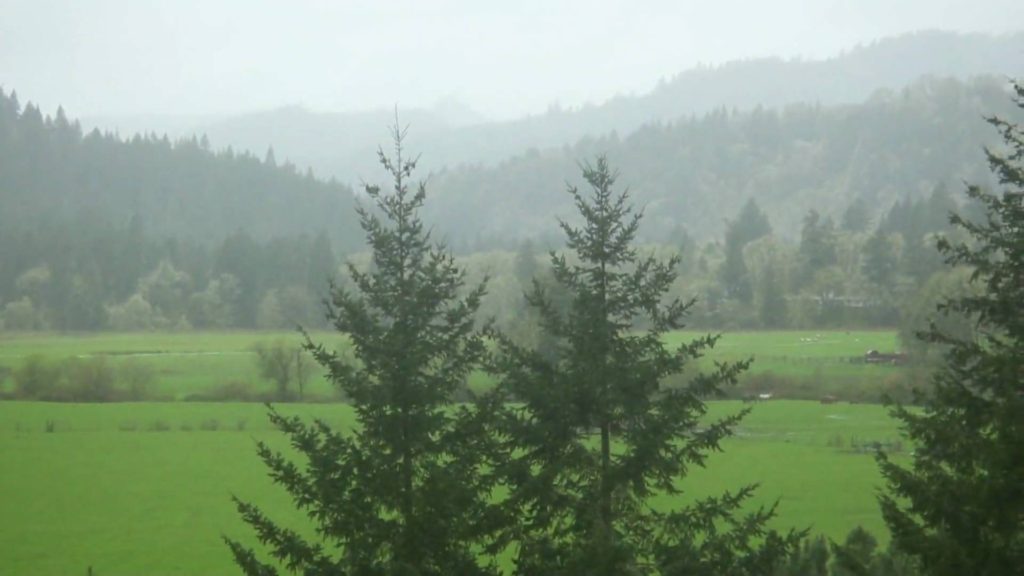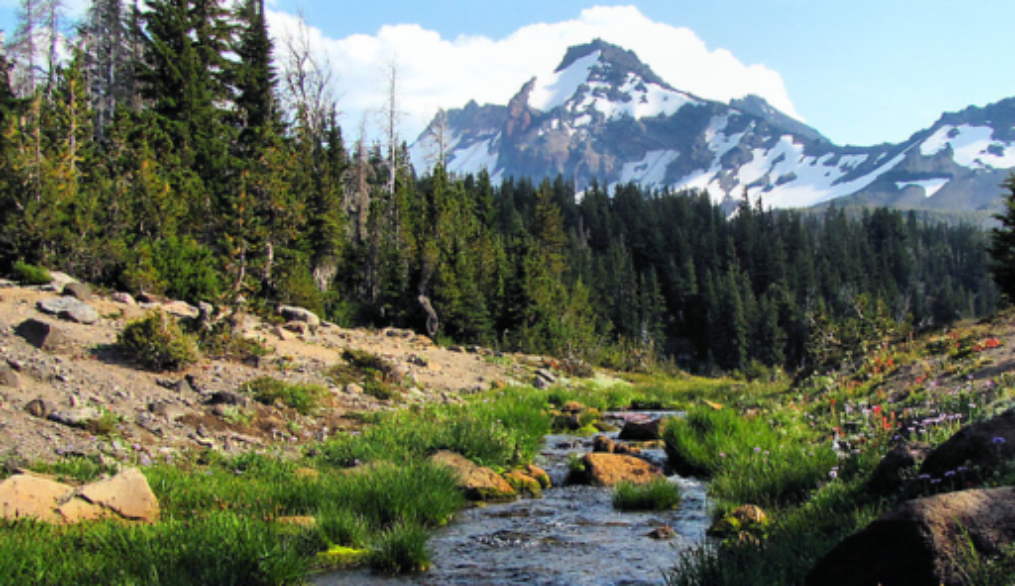The 3rd item on my list is water. This I divided into 4 main areas
- Water Storage
- Rain Water Reclamation
- Wells / Pumps
- Natural Sources
- Filtering / Making Water Safe to Drink
The number I’ve seen most often while researching suggests a gallon of water, per day, per person. That allots for 1-2 quarts of water for drinking, with the remainder for food preparation and hygiene. This doesn’t seem like a lot to me, especially since the most common food storage items are rice, beans, oatmeal, dehydrated products and so on — all which take a lot of water to make fit for consumption. And when water doesn’t come out of the hose and I need to water my garden? Or the toilet still works, but doesn’t pump the water back in so we need to add water to the tank in order to flush out our waste?
For a minimal 3 day supply for my family (As I mentioned in an earlier post, my husband and myself, a 12yo boy, 7yo girl, and my mom), I’d need to store 15 gallons. A 90 day supply is 450 gallons. If I wanted to have a years worth stored, at a minimal gallon a day, that’s over 1800 gallons. Overwhelming! I could probably find storage for a couple of 55 gallon water barrels, get a couple waterBOBs for my bathtubs (though you need to have some warning for those to be useful), but I don’t see anyway to store much more than that. So I’ll need to look into other ways to replenish water.
Contrary to what people believe, Oregon doesn’t really get THAT much rain. In Portland, we average 40-44 inches per year, and its spread out over 150ish days. Lots of other cities get more rain (We aren’t even in the top 30 of cities over 20k population!) but typically that rain is more torrential and comes from fewer days. If you go east, Oregon is even drier. South in the valley, they do get more rain (Corvallis makes the top 10), and on the coast in say Lincoln City, they average double what we see in Portland. We get a lot of gray drizzly days, not pouring rain like they see in Alabama or Florida or Texas, etc.

At any rate, I can expect to see 40 ish inches of rain per year, and each inch of rain typically results in collection of around .6 gallons per square foot of roof. I don’t have all the details on my roof. But if I had a flat roof (I don’t, its got multiple peaks), just based on the floor plan, its have 40×80 or so of roof real estate. Because its peaked, there would be more because of course the peaks are the long sides of the triangle that would be made. So to err conservatively, say 3,200 square feet. If I set up one barrel on one of the 4 downspouts and it were roughly a quarter of that 3200, at .6 gallons and 40 inches of rain, one barrel here could collect more than 19,000 gallons per year. That seems like a lot, but I can’t find an error in my math. Of course I would have to be harvesting the water from the barrel on a regular basis.
I also checked into our longest dry spells. Since 1999, the longest dry spell here was 51 days. If you go back further, the driest spell on record is 71 days. To make it through those dry spells I would need to have 255 and 355 gallons on hand, respectively. I just determined that I don’t really have the space to store more than a couple 55 gallon barrels. Even if the rain water reclamation barrel was used to store a third 55 gallons, that leaves me 90 or 190 gallons short to get through a potential record breaking dry spell. That means in addition to installing a rain water barrel, I have to find a way to store more water, in a way that keeps it safe and drinkable as long as possible, handy enough that I can rotate it
Wells/pumps and natural sources of water aren’t an option where I am now. I am wanting to have information on that in my preparedness binder though; it’s something I would want to think about if we ever do move. And we may need the info to DIY if we were forced to bug out and fine a new place on the fly.
Finally, filtering. There’s a lot of different ways to cleanse and filter water. I’m leaning towards a Berkley filter for home and a UV steripen for the 72 hour bags. More research to do though.
